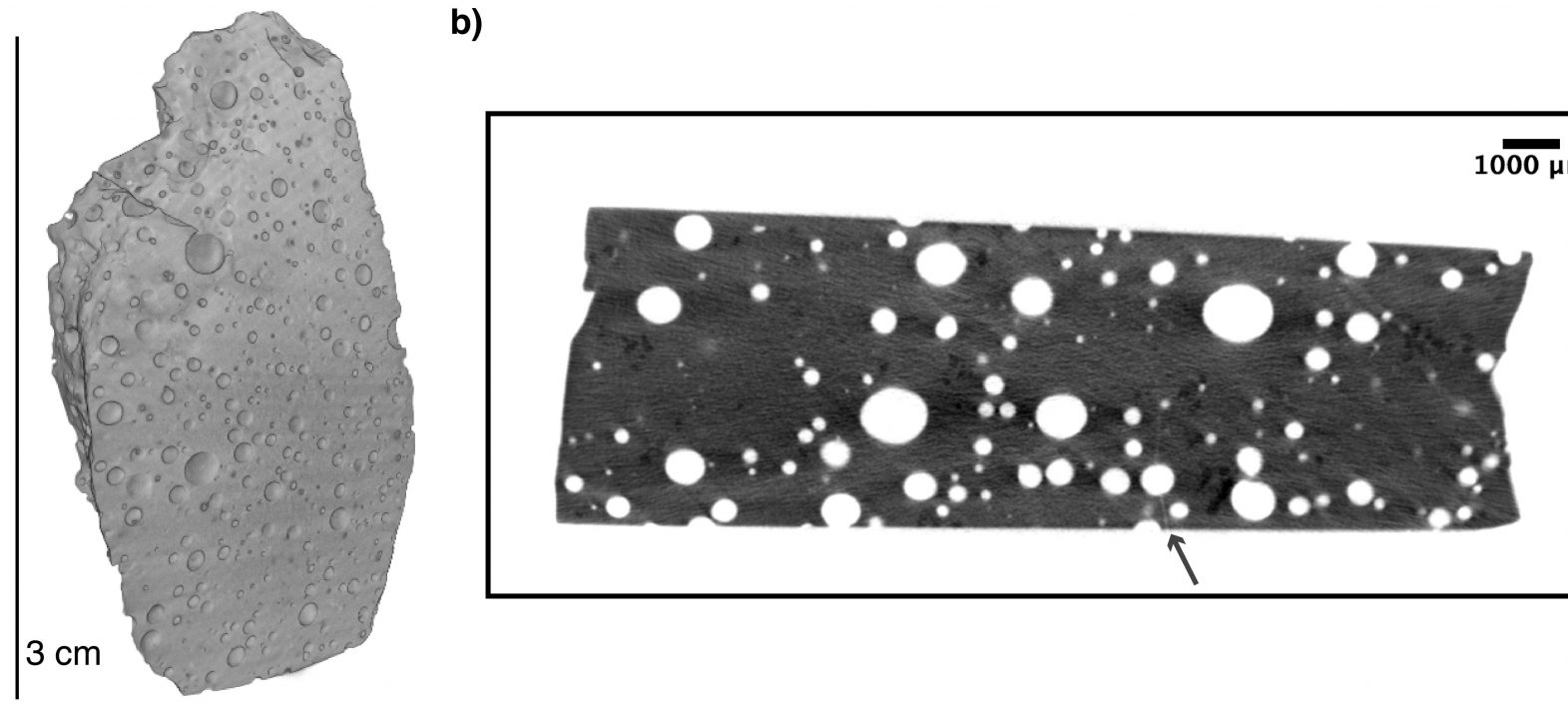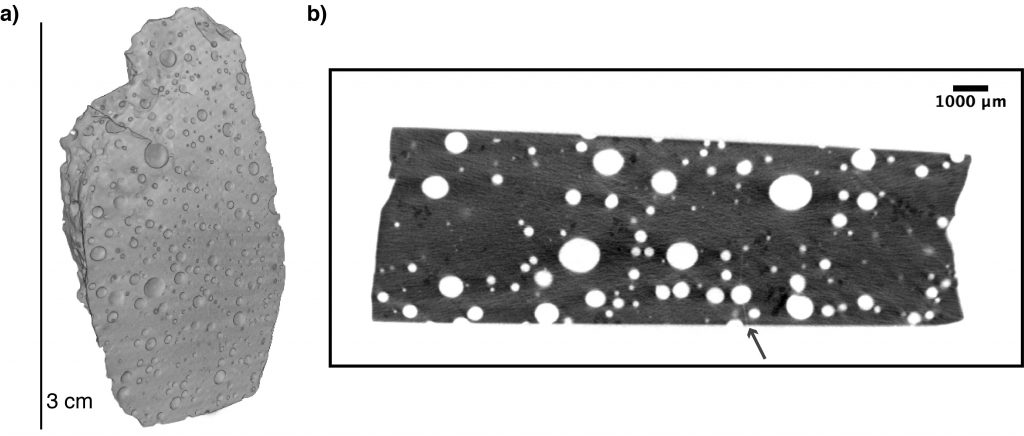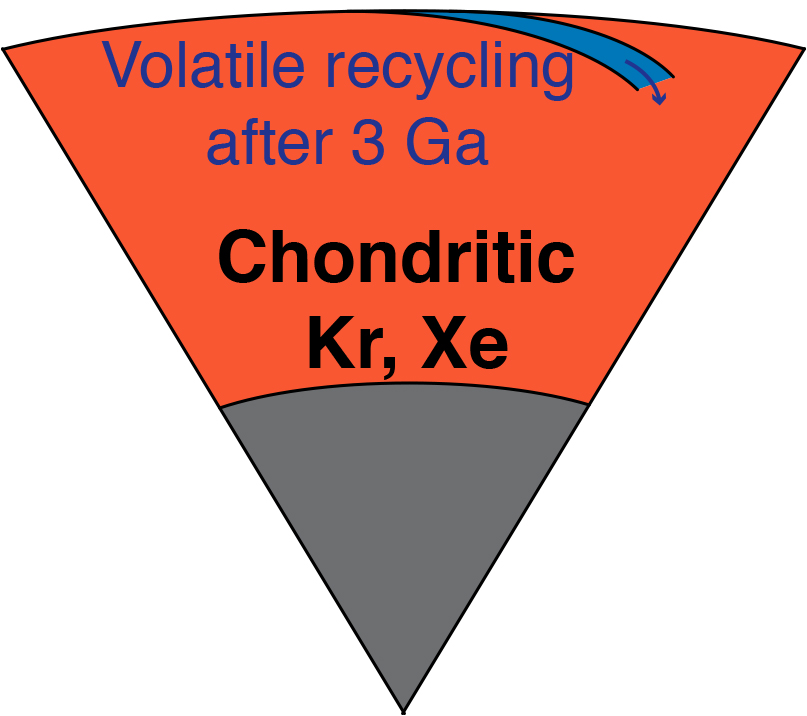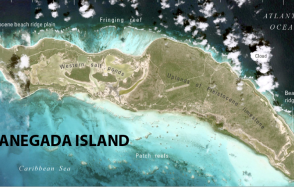Xenon isotope anomalies in the mantle: implications for the origin and evolution of terrestrial volatile elements
The origin of volatile elements such as carbon, nitrogen, water and noble gases on Earth and other terrestrial planets is still poorly understood. Answering this question is crucial to a better understanding of the processes involved in the formation of the solar system.

Publication date: 30/01/2019
Press, Research
Related teams :
Cosmochemistry, Astrophysics and Experimental Geophysics (CAGE)
Related themes : Origins










